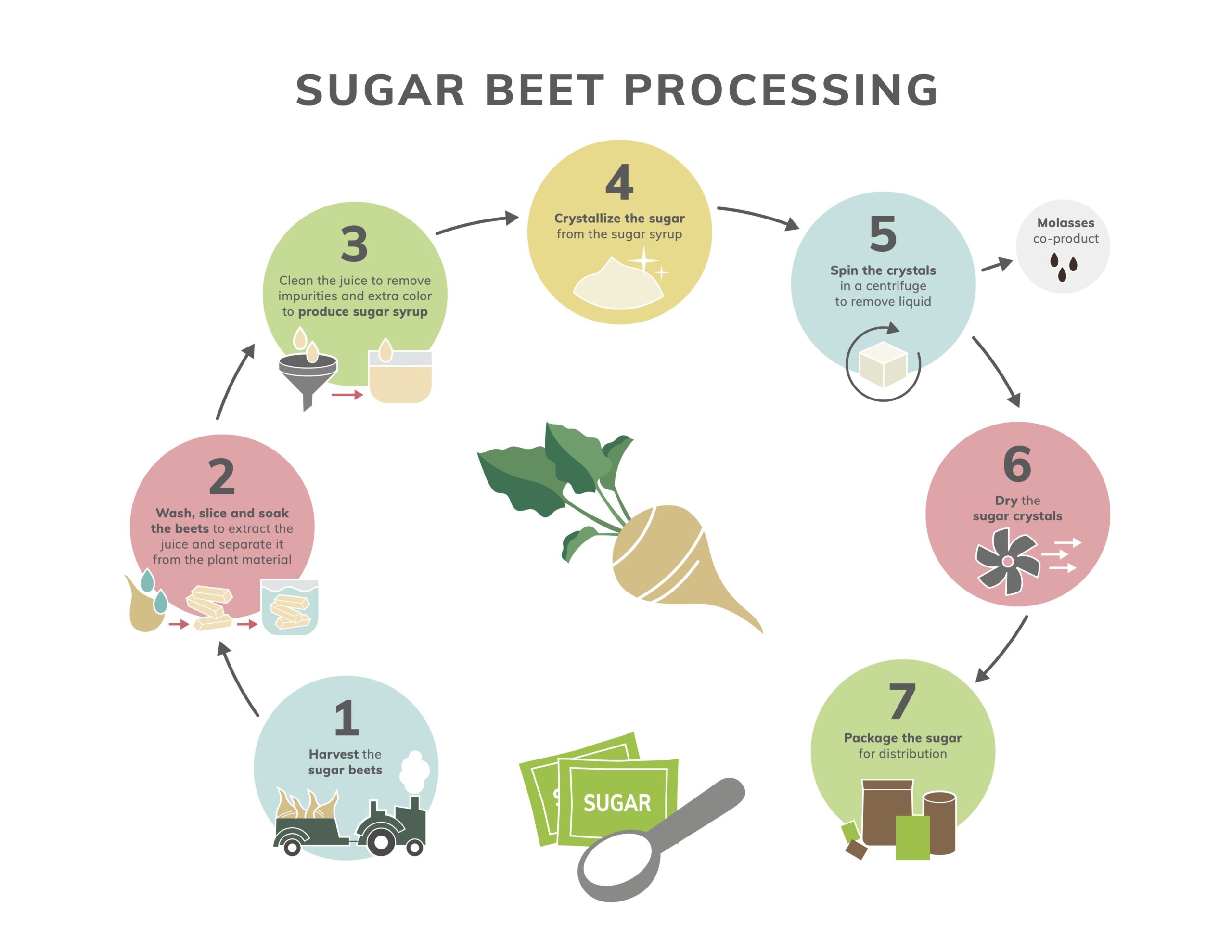Affordable Cane Sugar Processing Chemicals: Increase Performance
Affordable Cane Sugar Processing Chemicals: Increase Performance
Blog Article
Maximizar Rendimientos Y Minimizar Costos: Estrategias Avanzadas Para La Optimización Química Del Procesamiento De Azúcar De Caña
In the world of walking cane sugar handling, the pursuit of making best use of yields while simultaneously lessening prices stands as a powerful obstacle that requires a strategic blend of sophisticated chemical optimization strategies. The complexities of this endeavor dig into the core of effectiveness, where every component of the procedure plays an important duty in attaining optimal results. By checking out the intricacies of chemical evaluation, enzyme application, pH control, filtration, and distillation techniques, a landscape abundant with possibilities for enhancement and innovation emerges. Amidst this intricate web of methods exists the promise of unlocking untapped capacity and changing the very significance of sugar production. Cane Sugar Processing Chemicals.
Chemical Evaluation for Effectiveness
Chemical analysis plays a pivotal role in improving the efficiency of sugar cane handling by giving critical understandings into the composition and residential properties of the raw products. By carrying out comprehensive chemical evaluations on sugar cane examples, cpus can figure out the specific concentrations of sucrose, sugar, fructose, and other elements present in the raw product. This info is vital for maximizing the different phases of the sugar cane processing chain, from milling to formation.
In addition, chemical evaluation enables processors to determine impurities such as natural acids, healthy proteins, and minerals that can affect the quality and return of the final sugar product. By evaluating these pollutants, processors can implement targeted strategies to eliminate or alleviate their effects, inevitably enhancing the total efficiency of the processing plant.
Additionally, chemical evaluation helps with the monitoring of procedure parameters such as pH, temperature level, and viscosity, enabling processors to make real-time adjustments to make certain ideal problems for sugar removal and crystallization. On the whole, a thorough understanding of the chemical structure of sugar walking stick is essential for maximizing yields, lessening prices, and maintaining high product quality in the sugar production market.

Enzyme Usage for Raised Yields
With a calculated approach to enzyme use, sugar walking stick cpus can substantially improve their returns while maintaining operational performance in the production process. Enzymes play a vital function in sugar walking cane processing by damaging down complicated carbs into less complex sugars, therefore boosting the total sugar removal effectiveness. By including specific enzymes tailored to target the different components of sugar walking stick, such as cellulose and hemicellulose, cpus can boost the release of sugars throughout removal.
Enzyme usage uses the advantage of optimizing sugar returns from the raw material while reducing the energy and sources needed for handling. Through careful choice and application of enzymes, sugar cane cpus can maximize their operations to achieve greater returns and earnings.
Ph Control for Optimal Processing
Enzyme application for increased yields in sugar walking stick processing lays the foundation for addressing the crucial aspect of pH control for optimum handling effectiveness. Maintaining the appropriate pH degree throughout numerous stages of sugar cane handling is crucial for taking full advantage of yields and decreasing expenses. pH control is particularly vital throughout the extraction and clarification procedures. In the extraction stage, preserving the correct pH aids in accomplishing reliable sucrose extraction from the cane. Managing website link the pH during explanation aids in the precipitation of contaminations and non-sucrose elements, bring about a purer final item. Additionally, pH influences the activity of enzymes associated with the malfunction of macromolecules, impacting the total efficiency of the procedure. By thoroughly monitoring and readjusting the pH levels at different handling actions, sugar walking cane processors can boost sugar healing rates, decrease chemical use, and optimize the overall manufacturing process. Reliable pH control not just enhances the top quality of the final product however likewise adds to sustainable and cost-efficient sugar cane processing procedures.
Advanced Filtration Techniques
Implementing advanced purification strategies in sugar walking cane handling improves the effectiveness and purity of the final product through refined splitting up approaches. By integrating innovative filtering innovations, such as membrane filtration and triggered carbon purification, sugar walking cane handling plants can accomplish higher degrees of sugar recuperation and enhanced quality assurance.

Triggered carbon filtration is an additional innovative method that aids in the elimination of colorants, off-flavors, and recurring impurities from sugar walking cane items. By making use of turned on carbon's adsorption residential properties, this filtering method boosts the clearness and taste of the sugar, fulfilling the high requirements demanded by customers and industry guidelines.
Energy-Efficient Purification Techniques
Energy-efficient purification methods are crucial for enhancing the sugar walking cane processing market's power consumption while preserving top quality product requirements. Conventional purification procedures can be energy-intensive, bring about greater production costs and environmental influences (Cane Sugar Processing Chemicals). Implementing energy-efficient distillation techniques, such as vacuum cleaner distillation or molecular purification, can significantly decrease power requirements while boosting general process effectiveness
Vacuum purification involves lowering the stress within the distillation system, which reduces the boiling point of the liquid blend being refined. This decrease in boiling point decreases the energy required for evaporation, causing power financial savings compared to standard purification techniques.
On the various other hand, molecular purification utilizes short path distillation strategies under high vacuum cleaner conditions to different compounds based on their molecular weight. This method is especially effective for heat-sensitive materials, as it operates at reduced temperature levels, decreasing energy intake and protecting product top quality.
Conclusion

Report this page